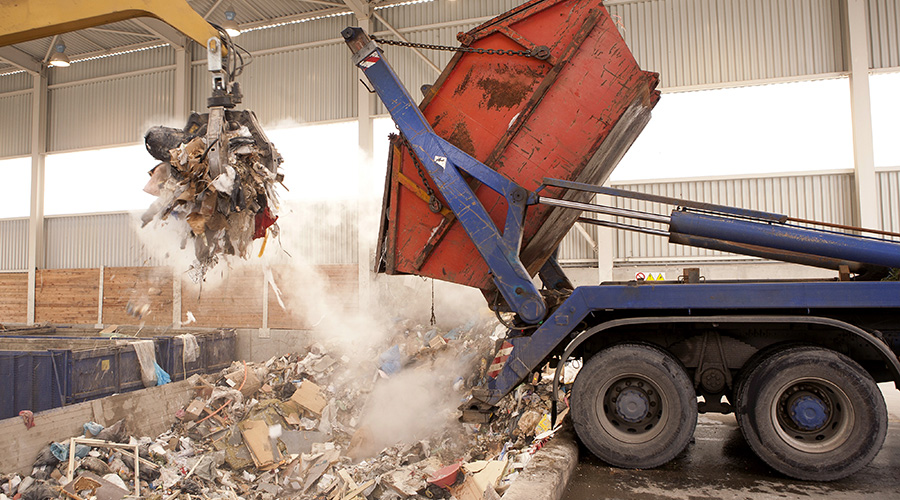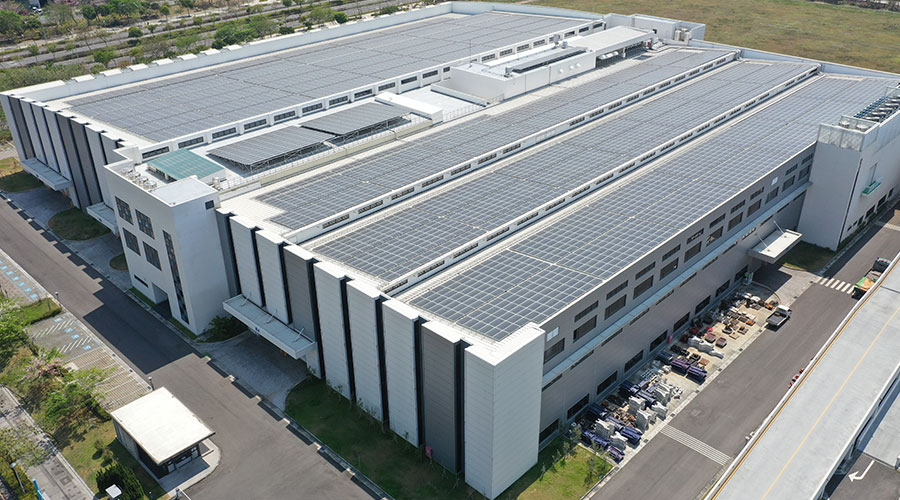LEED Certification: Are You Just Buying a Plaque?
Even if you accept that construction costs and design fees can be the same as traditional projects, there is at least one indisputable cost for LEED certification — and that’s the LEED registration and certification fees. USGBC lists the fees, which are based on level of the USGBC membership, particular LEED rating system used (NC, EBOM, etc.), and square footage of project, on its site. Naturally, the question emerges, why would I certify when I can simply build a “LEED-like” project and avoid these registration and certification costs?
Nicolow says his firm has done both — certified and LEED-like projects. He says the important part of certification is not just that USGBC will be verifying the sustainable strategies, but also that the future owners and future tenants may be expecting certification as well. “It’s not just the third party verification,” he says. “It’s that you know someone else will check, too. And you take an entirely different approach to rigor when you know someone will be checking.”
But can that cost (or any LEED premium) be justified on a return on an investment basis?
In the past, two of the strategies required by LEED — energy modeling and building commissioning — were cited as two of the biggest contributors to a LEED premium. Today, however, both of these are nearly standard operating procedure for any project team interested in designing and building a modern, sustainable building — whether LEED or not. What’s more, says Nicolow, “many clients have high efficiency standards that already meet LEED criteria, so that means the premium isn’t really a premium, because it’s their standard way to build.”
USGBC has provided an extensive “business case for green” on its website — it’s an excellent resource for any facility managers struggling to justify a LEED project. Still, says Nicolow, first costs reign supreme in many cases. “There’s still a strong downward pressure on first costs,” he says. “There is lots of scrutiny of design fees, which is too bad because those, and energy models are only pennies compared to the total cost of the project.”
So LEED may be first on the chopping block if you’re considering items to value-engineer from a project. But perhaps it shouldn’t be, says Nicolow. LEED can be the one thing that knits the entire project teams together – from designers to engineers to contractors to owners and facility managers. Additionally, as Nicolow previously noted, standards across the industry are improving, and that can mean a LEED premium isn’t nearly as much as expected. Each building is different, and it’s up to the building owner and facility manager to decide what the LEED premium will be, and if they’re willing to accept it.
Related Topics:












